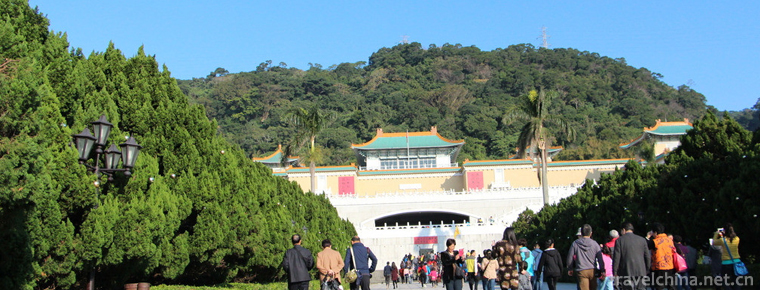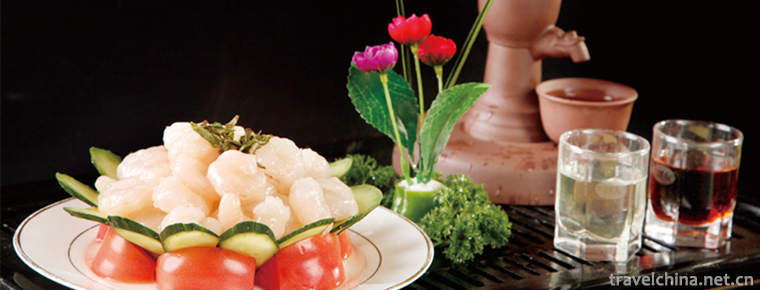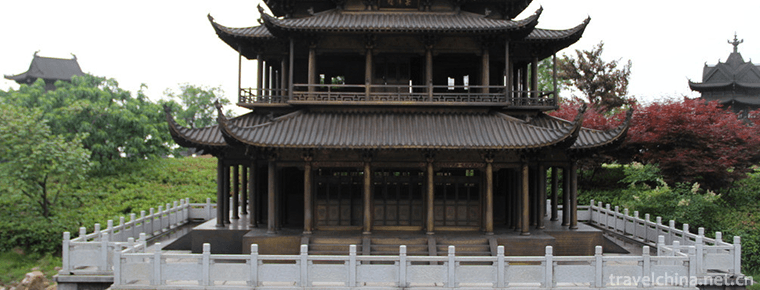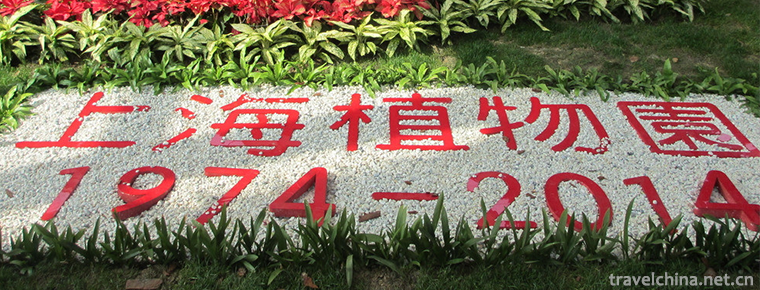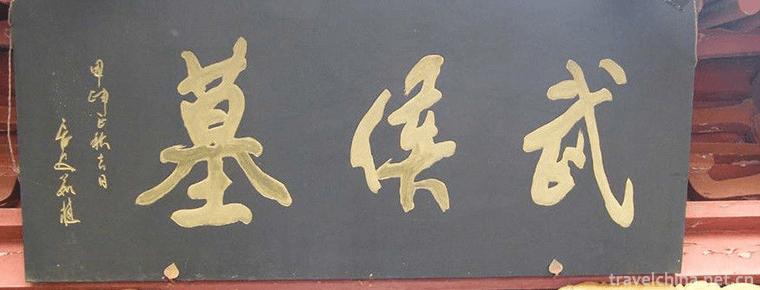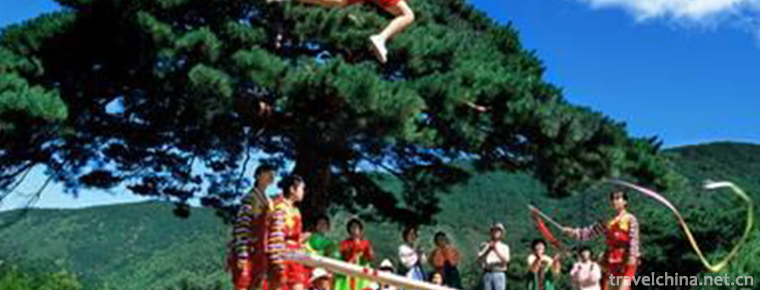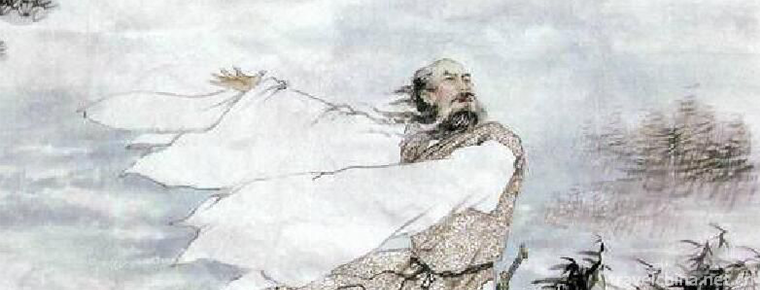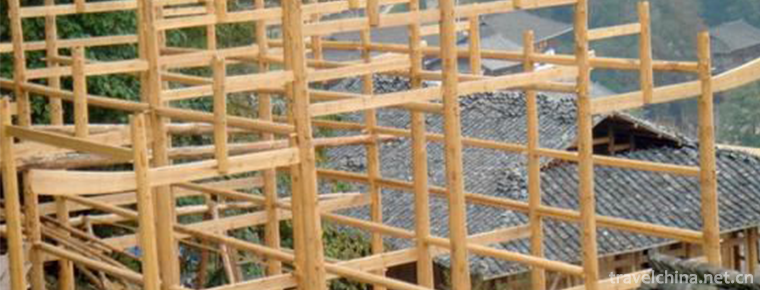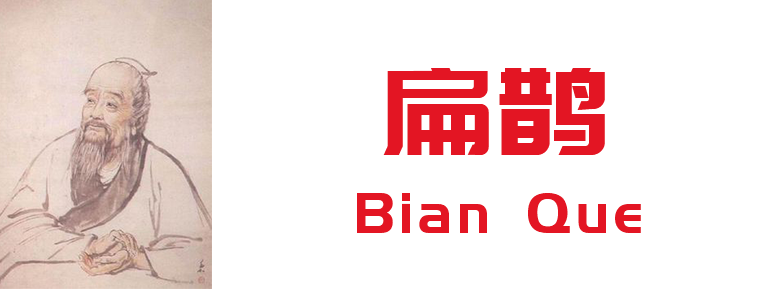Puppet Show
Puppet Show
Puppet shows are dramas that use puppets to show stories. One of the traditional Chinese arts is puppet opera in ancient China.
Chinese puppet show has a long history. The common view is that it originated in the Han Dynasty and flourished in the Tang Dynasty. In the Three Kingdoms, couples could perform acrobatics, while in the Sui Dynasty, couples began to perform stories.
During the performance, the actor manipulates the puppet behind the scenes and sings with music. According to the different shapes and manipulation techniques of puppets, there are bag puppets, string puppets, stick puppets, wire puppets and so on. Puppet show is a theatrical form in which actors manipulate wooden dolls to perform behind the scenes.
On May 20, 2006, puppet show was approved by the State Council and listed in the first batch of national intangible cultural heritage list.
origin
Chinese puppet art is a unique flower in Chinese art circles. It has a long history, many varieties and exquisite skills. Chinese puppet has really become an art, but also in its dramatic characteristics, people use puppet as a medium, "singing, dancing and performing stories".
Puppet art is based on puppet as a medium of performance. How did puppets come into being? So far there is no final conclusion. Slave terracotta warriors (Shang Dynasty, early 16th century to the 11th century) were unearthed in Yin Ruins of Anyang, Henan Province, and wooden terracotta warriors (including some "musical terracotta warriors") were found in the Spring and Autumn Period and the Warring States Period (770-221). The terracotta figures of music and singing and dancing excavated from Mawangdui tomb in Changsha have made great progress in technology, types and modelling. This is the original puppet, which experienced a process of change from craft to performance: from ritual to a way of festive entertainment.
In 1979, Daishu Village, Yuanli Township, Laixi County, Shandong Province, unearthed a 193 cm tall puppet. Its limbs consist of 13 wooden bars. Its joints are movable, sitting, standing and kneeling are good. Its discovery, on the one hand, reflects the transition from self-funeral to entertaining puppet; on the other hand, it shows that puppet production has reached the same situation as real people and activities are abundant, which lays a solid material foundation for the germination of puppet show. Therefore, most people believe that Chinese puppet art "originates from Terra Cotta figurines" (serving terra cotta figurines, wooden musical figurines, movable terra cotta figurines).
Chinese puppet has really become an art, but also in its dramatic characteristics, jujube people use puppet as a medium.
Historical Perspective
The general view is that it originated in the Han Dynasty and flourished in the Tang Dynasty. In the Han Dynasty (206-220 years ago), there were already records of "making Kui puppets" (The Book of the Later Han Dynasty, Wuxing Zhi). Ma Jun's "Shui Zhuan Bai Opera" in the Three Kingdoms (220-265 A.D.) was obviously a imitation of the Han Dynasty's people's play; in the Northern Qi Dynasty (550-577 A.D.), the water-moving "organ puppet" was made with excellent skills, especially the puppet art of "puppet" performing Guo Tu story, suggesting that Chinese puppet opera was a good example. The age of formation. Unfortunately, there are few written records. In later dynasties, there were many records of puppet performances of Guo Tuo. Heyang Line Opera in Shaanxi Province still has the role of "Lai Baozi" and the shadow of "Guo Tuo". Judging by history, "In the Northern Qi Dynasty from 550 to 577 AD, China has formally formed a puppet show with people directly manipulating, puppets dressing up as specific characters and performing simple stories in public". In the Sui Dynasty (581-618 A.D.), there were many "water ornaments" in "Bai Opera", "Muren of organs" played myths, legends and stories of the Three Kingdoms, with a large number of characters, which had a direct impact on the production and performance of puppet shows. Tang Dynasty (618-896) witnessed an unusual cultural prosperity, with singing and dancing, military participation and contention, and organ wooden people were able to drink, sing and play. Performing and production had reached a perfect unity. According to the murals and poems and songs of the Tang Dynasty in Cave 31 of Mogao Grottoes in Dunhuang, puppet types such as string, stick head, cloth bag and "panling puppet" all existed at this time.
Murakami watches and plays puppets, repeating the story again. Singing, dancing and lifting; laughing and sunset.
"Tokyo Menghualu" already contains the names of "stick head puppet, suspension puppet, medicine hair puppet" and so on. "Dream Liang Lu": "Every puppet, put on smoke powder, ghosts, horseback, official cases, history books of successive dynasties, monarchs and ministers, storybooks, or history, or as miscellaneous operas, or as cliff words. For example, the suspension puppet originated from the story of Chen Ping's Six Qi's relief. Now there are Golden Wire Dr. Lu, Chen Zhongxi and so on. It is as true as ever, and the traveler is preferred. There are also stick-head puppets, most of which are Liu Xiaopu's shooting family Couguoqi, whose water puppets, such as Yao Yuxian, Saipargo, Wang Ji, Jin Shihao, have made hundreds of actors mourn. In addition, water hundred operas, the trend of coming and going, large-scale dancing, fish and dragon changes, such as God's skills. "
Performing Arts
The art of puppet is amazing. In addition to the wonderful performances of artists, perfect artistic and operational equipment is also an important aspect of attracting large audiences. The plastic arts lay stress on the carving and design of puppets. Generally speaking, the puppet with strings has a higher shape, mostly about 2.2 feet. The key parts are all tied with lifting lines, up to 30 or more, at least more than 10. If performing special effects, some auxiliary lifting lines should be added as needed. The level of puppet performers'dancing stature and martial arts depends entirely on the artists' operating skills, which is the key to the level of puppet performance art. The cane head puppet is higher than the string puppet. It is usually about 3 feet tall. It is equipped with three operating lines. Two hands are pulled and one dominates the head and body performance. The pocket puppet has the smallest shape, only about 7 inches. It relies on artists to hold up their hands and perform. It is different from the string puppet and the stick puppet. According to the difference of puppet structure and the way of manipulation, it can be divided into different kinds.
Puppets with sticks, also known as puppets with stick heads, are equipped with joysticks at the head and hands of puppets, with the head as the main rod and both hands as the side rods. When the actors operate, they hold the main rod in their left hand and the side rod in their right hand, and lift the puppet to manipulate their movements. Glove puppet, also known as hand puppet, puppet show, etc., the height of the puppet is 0.27 meters or 0.40 meters, the head is hollow, the inner bag under the neck is sutured to connect the limbs, the clothing is on the outside, the actor's palm is extended into the inner bag as the trunk of the puppet, the five fingers are propped up as the head and left and right arms, coordinate the manipulation of various movements of the puppet, the two feet of the puppet can be moved by the other hand, or let it swing naturally.
Pintou puppets are found all over China. The height of puppets varies greatly from 8 inches to human height.
。 The stick-head puppet is performed by the performer by manipulating one life-stick (connected with the head) and two hand-sticks (connected with the hand), some of which are three rods or "supporting couples". There are internal and external manipulations depending on the position of the stick. The head is made of wood carving, with internal organs, so that the mouth and eyes can move; the life pole is made of wood and bamboo, with different lengths and short sections, and the hand pole is connected with the hand and elbow. "Internal manipulators" often perform traditional opera repertoires with wide gowns and sleeves, which is convenient for performing opera programs, flexible and lifelike movements. "External manipulation" multi-bend handle liferod reduces the burden and increases the expressive force; paper duplex head turns smart, easy to control, various organs and abundant movements; because the handbar is outside, the body shape is free and the sense of integrity is enhanced, which breaks through the limitations of traditional modeling and meets the needs of the times; the material of the hand is constantly updated (wood-plastic-resin), and the handbar is gradually replaced by steel wire. "Foot beating" has also appeared such dance movements as "swallow flying horizontally" and "big jump". This is of great significance to the development of the play, the development of the performance and the discovery of the audience. Nowadays, the puppet with a stick still has a strong voice.
Line puppet is also known as line puppet or line play, also known as suspended silk puppet. Ancient known as "suspended silk puppet", consisting of dummy head, cage belly, limbs, lifting line and hook cards, about two feet high. The head is carved from camphor, basswood or willow, with built-in organs and rich facial expressions; the chest and abdomen are made of bamboo, and the hands are written and martial arts. They dance guns and sticks, walk dragon and snake with pen and brush, and wave a fan with wit; the feet are divided into red, boots and dan, and there is a line about 3 feet long between the hook and the joints. Puppet stage performance area expands, Quanzhou Puppet Troupe lifting line performance occupies the entire stage space, lifting line up to 6 feet, difficult, but the expression increased greatly. Generally, there are 16 lifting lines. According to the choice of puppet movements, there are 5 basic lifting lines in Heyang Line Opera. When doing special effects, they can be increased to more than 30 lines. The performance is exquisite, vivid and skillful. From ancient times to today, it is highly praised.
Tiezhi puppet is popular in eastern Guangdong and Western Fujian. It is said that it originated from shadow play. Chaoshan is known as "paper shadow play". Occasionally 1 to 1.5 feet tall, painted clay head, Paulownia trunk, paper hand and wooden feet; joystick commonly known as "iron branch", one main side, iron wire bamboo handle. The performer sits or stands, manipulates behind the couple, has a regular image and unique structure. Over the past few years, it has increased the occasional body and adjusted the cutting position, making it appear a new turning point.
Cloth bag puppet is also known as "palm puppet", which is the most popular in Zhangzhou and Quanzhou, Fujian Province. It is composed of head, middle limb and clothing. It uses camphor wood carving head to control facial expression and muscle movement; divides fist, palm and index finger into head and neck; manipulates hands with middle finger and thumb to form the main body of the bag puppet; sometimes performers insert a small bamboo stick into the sleeve to twist, enriching arm movements, and they can make fan opening, dress changing, sword dancing, fighting, window jumping and so on by virtue of their exquisite skills. The difficult movements are amazing. The puppet show is rich in tradition, modernity, myth and fairy tale. There are many themes and new craft structures.
In addition, there are occasional "water puppet" and "medicine puppet" among the people, but they have little influence. Although "meat puppet" is widely spread, it is purely a folk performing art.
Inheritance Significance
Since the founding of the People's Republic of China, puppet shows have become more colorful. In addition to performing traditional opera programs, they also perform drama, opera, drama series, and even advertisements. At the same time, puppet show is also facing fierce competition with other art forms. The traditional puppet show contains the ideology, morality and aesthetic consciousness of people of all regions and nationalities, which should be supported and protected. On May 20, 2006, puppet show was approved by the State Council and listed in the first batch of national intangible cultural heritage list.
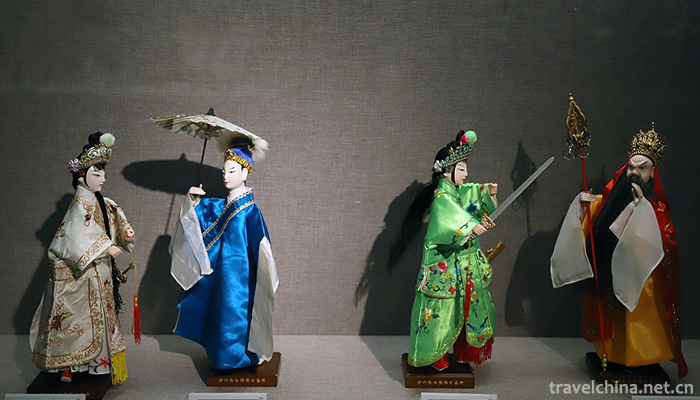
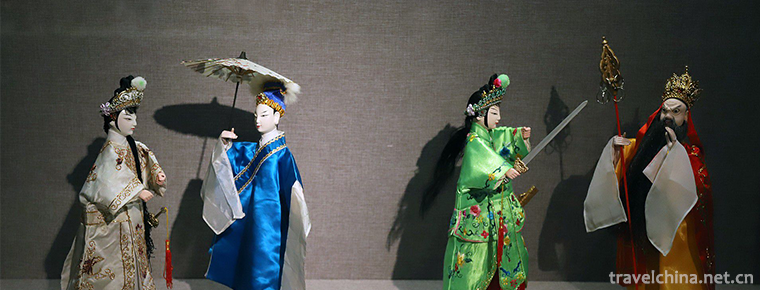
Puppet Show
-
National Palace Museum Taipei
Taipei national the Imperial Palace Museum, also known as the Taipei the Imperial Palace and Zhongshan Museum. It is one of the three major museums in China and one of the largest comprehensive museum
Views: 301 Time 2018-10-12 -
Stirfried Shrimps with Longjing Tea Leaves
Lobwell shrimp is a famous Hangzhou dish with a strong local flavor. It is made of lobwell tea and shrimp before and after the Qingming Festival.
Views: 211 Time 2018-10-27 -
Yueyang Tower and Junshan Island Scenic Area
Junshan Island, formerly known as Dongting Mountain, Xiangshan Mountain and Youyuan Mountain, is located in the territory of Yueyang City. It is an island in Dongting Lake, 800 li away from Yueyang To
Views: 166 Time 2018-12-12 -
Shanghai Botanical Garden
Located in the southwest of Xuhui District, Shanghai Botanical Garden, formerly Longhua Nursery, is a comprehensive botanical garden with plant introduction, domestication and display
Views: 225 Time 2018-12-19 -
Linhe Yellow River National Wetland Park Inner Mongolia
Inner Mongolia Linhe Yellow River National Wetland Park is located in Linhe District, Bayannaoer City, Inner Mongolia Autonomous Region, with a total area of 4637.6 hectares. The functional zoning map
Views: 183 Time 2018-12-26 -
Wuhou Tomb Scenic Area
The Tomb of Marquis Wu is the tomb of Zhuge Liang, a famous statesman and militarist in the Three Kingdoms Period. It is located at the foot of the ancient battlefield of Dingjunshan
Views: 196 Time 2019-02-24 -
Korean Springboard and Swing
Springboards and swings are the most popular traditional folk sports for Korean women, and they have a broad mass character.
Views: 218 Time 2019-04-16 -
Landscape Architecture in Yangzhou
Yangzhou gardens began in the Western Han Dynasty, flourished in the Sui and Tang Dynasties, matured in the Song and Ming Dynasties, and flourished in the Qianlong Period of the Qing Dynasty.
Views: 169 Time 2019-04-21 -
The Dragon Boat Festival
Dragon Boat Festival, also known as Dragon Boat Festival, Double Boat Festival, Midday Festival, Dragon Boat Festival, Zhengyang Festival, Bath Orchid Festival, Tianzhong Festival,
Views: 111 Time 2019-04-28 -
Construction Techniques of Miaozhai Diaojiao Building
Miaozhai hanging-feet building is evolved from the form of "nest dwelling". It is built with bamboo and wood. The lower part of the building is hollow. It is called "semi-dry fence"
Views: 130 Time 2019-06-05 -
Bian Que
Bian Que (407 BC - 310 years ago) Ji surname, Qin Shi, name slowly, the word Yue people, also number Lu medicine, the spring and Autumn period and the Warring States period famous doctor. The spring a
Views: 163 Time 2019-09-06 -
Geographical environment of Luzhou
Luzhou City, located in the southeast of Sichuan Province, borders Chongqing and Guizhou Province in the East, Guizhou Province in the south, Yunnan Province, Yibin City and Zigong City in Sichuan Province in the west, Neijiang City and Chongqing City in Sichuan Province in the north.
Views: 339 Time 2020-12-14
